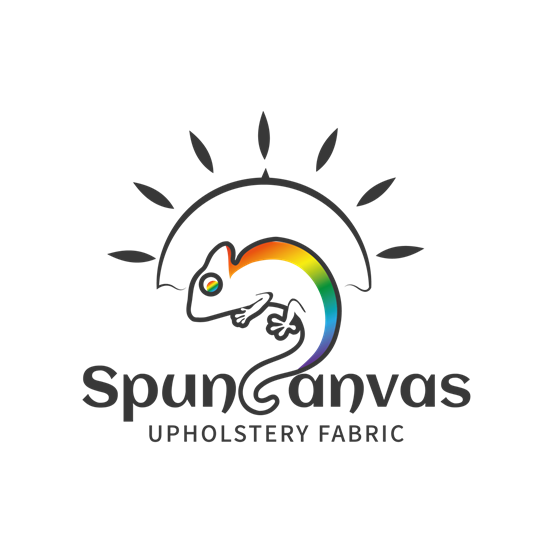Outdoor living spaces are not just about style or comfort—prolonged exposure to sunlight demands that outdoor fabrics possess exceptional lightfastness to ensure long-lasting durability and color integrity. As homeowners and designers seek to transform outdoor areas into attractive, functional extensions of the indoor living environment, selecting the right outdoor fabric becomes critically strategic. In this comprehensive exploration, we will delve into the qualities that differentiate high-performing outdoor fabrics, focusing specifically on the brand Spuncrylic, renowned for its superior lightfastness and UPF ratings.
Definition of Lightfastness in Outdoor Fabrics
Lightfastness refers to the ability of a material to resist fading or degradation due to exposure to light. In the context of outdoor fabrics, this means that the fabric can maintain its color and strength over time, despite being exposed to direct sunlight, which is a crucial consideration for fabrics used in garden furniture, awnings, and marine environments.
The Importance of UV Resistance in Outdoor Fabrics
Ultraviolet (UV) rays from the sun are one of the primary causes of degradation in fabrics used outdoors. These rays can break down the chemical bonds in fabric dyes and fibers, leading to fading, weakening, and ultimately, the failure of the fabric. To combat this, outdoor fabrics are often treated with UV inhibitors and are constructed from inherently UV-resistant fibers.
Spotlight on Spuncrylic: A Leader in Outdoor Fabrics
A prime example of a highly lightfast outdoor fabric is Spuncrylic. This fabric is specifically engineered to withstand the rigors of UV radiation while maintaining its visual appeal and structural integrity. Notably, Spuncrylic offers a UPF (Ultraviolet Protection Factor) rating of 50+, indicative of excellent protection against sun damage. This rating is achieved through rigorous testing using the AATCC 183 method, which measures the Transmission of Ultraviolet Radiation Through Fabric. A UPF rating of 50+ means only 1/50th (or 2%) of UV rays penetrate the fabric, providing significant protection to the materials and individuals beneath it.
Technical Specifications and Enhancements in Spuncrylic
Spuncrylic is characterized by its meticulous construction:
- Colorfastness: This fabric retains its color without significant fading, achieving a high level on the European scale for colorfastness, crucial for maintaining vibrancy in sun-exposed environments.
- Density & Durability: Weighing 285 grams per square meter, Spuncrylic is both robust and effective in withstanding wear and environmental elements.
- Water Resistance: With a hydrostatic head rating exceeding 250MM, it ensures that the fabric not only resists rain but also provides quick-drying properties, preventing the growth of mold and mildew.
Advantages of Choosing High UPF Fabrics
Selecting fabrics with a high UPF rating offers several advantages:
- Increased Durability: Fabrics with greater lightfastness tend to be longer-lasting as they are better protected against the bleaching and weakening effects of UV radiation.
- Economic Efficiency: Durable fabrics help reduce the frequency and costs associated with replacing faded or degraded materials.
- Health Protection: High UPF rated fabrics provide essential sun protection for users, reducing the risk of skin damage from UV rays.
Standards and Testing for Lightfastness
Testing for the lightfastness of outdoor fabrics is standardized to ensure reliability and consistency. The AATCC 183 test provides a quantifiable measure of how much UV radiation a fabric can block. This standard is crucial for manufacturers and consumers alike to understand the effectiveness of outdoor fabrics in providing sun protection.
Conclusion: Why Lightfastness is Critical for Outdoor Fabrics
Outdoor fabrics with enhanced lightfastness are the backbone of durable, vibrant, and functional outdoor living spaces. Brands like Spuncrylic not only excel in meeting the aesthetic and functional needs of outdoor environments but also play an important role in sustainable and health-conscious design practices. By investing in high-quality outdoor fabrics, consumers and designers ensure longevity and performance, even in the most challenging conditions. As demand for high-performing outdoor fabrics continues to grow, advances in material science and treatment technologies will continue to evolve, underscoring the importance of selecting the right fabric for the right environment.



